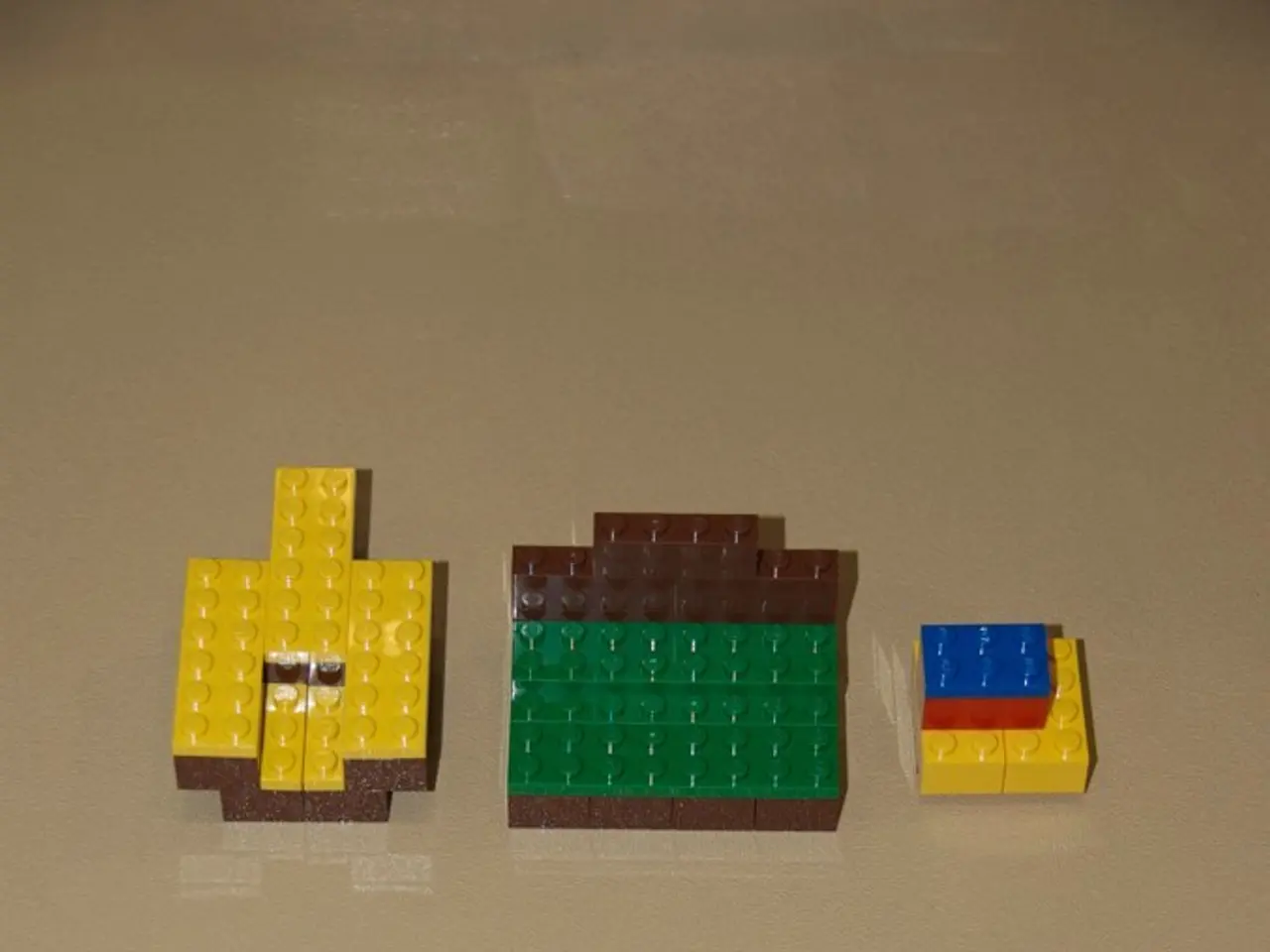Self-Assembling Materials Achieved Through DNA Moire Lattices
Twist Bioscience Corporation, a leading company in DNA synthesis, is leveraging miniaturization methods from the semiconductor industry to revolutionize nanotechnology. The company's latest innovation, DNA moiré superlattices, holds promising applications in controlling light, sound, and electrons due to their programmable nanoscale structure, high spatial resolution, and tunable symmetries.
In January 2023, Twist started shipping products from its second manufacturing installation, doubling its production capacities. This expansion is set to accelerate the development and application of DNA moiré superlattices.
Light Control
These superlattices can serve as scaffolds for nanophotonic devices such as transformation optics and gradient-index photonic devices. The tunable moiré periodicity enables steering or guiding light along controlled trajectories, allowing novel optical manipulation at the nanoscale.
Sound Control
When chemically transformed into rigid frameworks, DNA moiré superlattices can function as phononic crystals or mechanical metamaterials, permitting the design of materials with tunable vibrational responses. This ability to direct sound waves or mechanical vibrations with precise spatial gradients opens up advanced acoustic control applications.
Electron Control
One particularly promising use is in spin-selective electron transport. DNA has been demonstrated to act as a spin filter, and these ordered moiré superlattices with defined geometries offer a programmable platform to explore and harness topological spin transport phenomena. This can potentially impact spintronics by allowing bottom-up fabrication of quantum-inspired architectures for electron spin manipulation.
Twist Bioscience could greatly benefit from DNA becoming a key tool in building nanostructures for the semiconductor, chemical, and computing industry. The company's DNA-based approach bypasses the traditional top-down mechanical stacking typical in fabricating moiré materials, instead using self-assembly of DNA strands for bottom-up nanoscale construction. This enables a new design space for creating customizable 2D and 3D architectures with embedded geometric control for photonic, phononic, and electronic functionalities.
The first application of such a structure would be to use it as a scaffold at the nanoscopic scale, with examples including fluorescent molecules, metallic nanoparticles, or semiconductors in customized 2D and 3D architectures. These structures provide an almost perfect mix of high spatial resolution, precise addressability, and programmable symmetry.
Researchers are also considering solutions to have more control over the development of these patterns, such as placing the origami seed precisely on substrates using nanofabrication methods. This could lead to the creation of even more complex and intricate moiré patterns, further expanding the potential applications of DNA moiré superlattices.
With its recent expansion and ongoing research, Twist Bioscience is poised to become a major player in the field of nanotechnology, potentially revolutionizing industries from photonics and phononics to spintronics. The company's DNA moiré superlattices represent a significant advance in nanoscale material design, with broad implications for future technologies.
Science and technology are converging in exciting ways with the development of Twist Bioscience Corporation's DNA moiré superlattices. Resulting from their latest innovation, these structures show promise in controlling not only light and sound but also electron transport, thanks to their programmable nanoscale structure and high spatial resolution. The applications, spanning from optical manipulation and acoustic control to spintronics, could significantly impact the medical-conditions sector as well as finance, by creating affordable and efficient solutions in various industries such as semiconductor, chemical, and computing.




